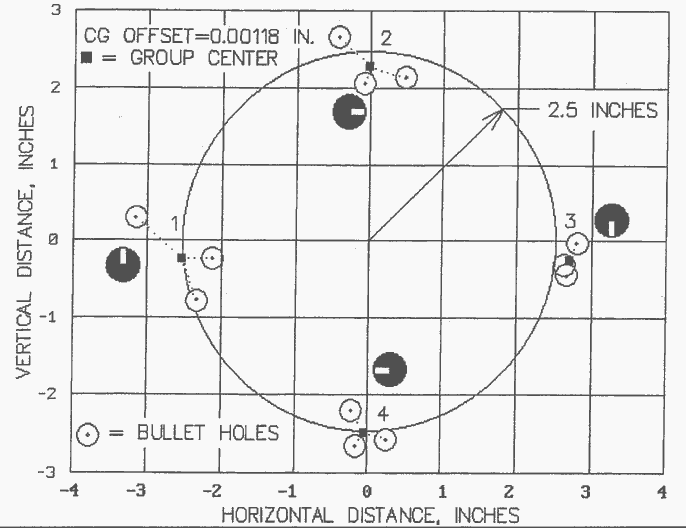IMO, twist effects velocity by resisting travel down the bore.
It takes more energy to push a bullet in a 10 twist than it would in a 20 twist.
In "general" that creates higher pressure due to more bore resistance which MAY increase velocity.
On the other side, if you are at max pressure then you may have to reduce the load and go the same or slower with a faster twist.
Also IMO, a bullet should be shot at the slowest twist for ALL conditions you will face.
First, bullet RPM slows down at a much slower rate than forward velocity so it effectively becomes more stable the longer it fly's;
Second, no bullets are perfect.
While in the bore a bullet rotates around the centerline of the bore.
When the bullet emerges from the muzzle it rotates around the bullets center of gravity.
This "jump" to the CG is dependent on the difference between the CG and the centerline of the bullet formed in the bore AND velocity.
There is an article on the Lilja website on this:
Lilja Precision Rifle Barrels - Articles: A Look at Bullet Imbalance and Twist
Also there was something on the web that I can't find right now that experimented with machining an imperfection in a group of bullets to create an imbalance.
Then they indexed and shot the bullets in 90 degree increments and the bullets all grouped to the same 90 degree group as predicted:
edge.



